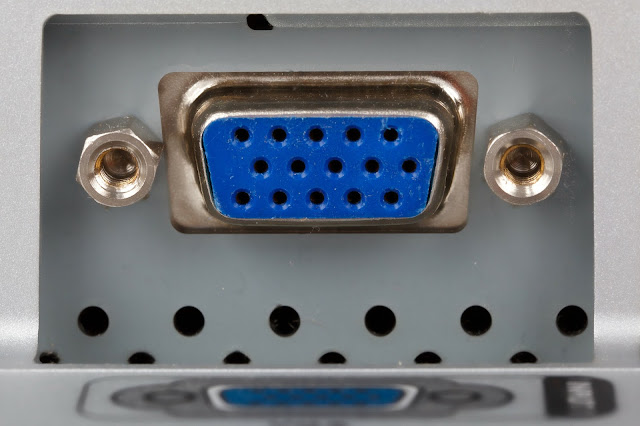The
analog input is the foundation of the data acquisition showcase. In
spite of the fact that other I/O ports play key parts in numerous
applications, by far most of DAQ systems incorporate analog input and a
decent percentage of they require just analog input.
We will characterize analog input by avoidance. Any input that is not computerized, that is not characterized as two states, (e.g., high/low or one/zero) will be viewed as analog. Normal analog inputs incorporate such estimations as temperature, weight, stream, strain and in addition the immediate estimation of voltage what's more, current.
Analog inputs are "measured" by a gadget called an A/D (Analog to Digital) converter (now and again
additionally alluded to as an ADC).
In spite of the fact that we'll talk about A/D converter innovation in the following area, it might be helpful to say here that A/D and analog input are frequently utilized reciprocally when alluding
the same thing to a DAQ item. In like manner use, an analog input board and A/D board same thing
. So also, an analog input channel and an A/D channel play out a similar capacity.
A/D Converters
An A/D converter does precisely what its name suggests. It is associated with an analog input flag, it
measures the analog input and after that gives the estimation in advanced frame reasonable for use bya PC. The A/D converter is the heart of any analog input DAQ system as the gadget really plays out the estimation of the flag.
Resolution
The resolution of an A/D input channel depicts the number or scope of various conceivable estimations the system is equipped for giving. This determination is all around gave in
term of "bits", where the resolution is characterized as:
2 (# of bits) – 1. For instance, 8-bit resolution relates to a resolution of one section in 28
– 1 or 255.
For resolutions over 12-bit, the "- 1" term
turns out to be for all intents and purposes unimportant and it is dropped. A resolution of 16-bits relates zto one section
in 216 or 65,536. The base distinction in an estimation is one piece. This one piece is often alluded to as the Least Significant Bit or LSB.
At the point when joined with an input range, the resolution decides how little an adjustment in the input is identify capably. To decide the resolution in building units, essentially separate the scope of the input by the resolution.
We will characterize analog input by avoidance. Any input that is not computerized, that is not characterized as two states, (e.g., high/low or one/zero) will be viewed as analog. Normal analog inputs incorporate such estimations as temperature, weight, stream, strain and in addition the immediate estimation of voltage what's more, current.
Analog inputs are "measured" by a gadget called an A/D (Analog to Digital) converter (now and again
additionally alluded to as an ADC).
In spite of the fact that we'll talk about A/D converter innovation in the following area, it might be helpful to say here that A/D and analog input are frequently utilized reciprocally when alluding
the same thing to a DAQ item. In like manner use, an analog input board and A/D board same thing
. So also, an analog input channel and an A/D channel play out a similar capacity.
A/D Converters
An A/D converter does precisely what its name suggests. It is associated with an analog input flag, it
measures the analog input and after that gives the estimation in advanced frame reasonable for use bya PC. The A/D converter is the heart of any analog input DAQ system as the gadget really plays out the estimation of the flag.
Resolution
The resolution of an A/D input channel depicts the number or scope of various conceivable estimations the system is equipped for giving. This determination is all around gave in
term of "bits", where the resolution is characterized as:
2 (# of bits) – 1. For instance, 8-bit resolution relates to a resolution of one section in 28
– 1 or 255.
For resolutions over 12-bit, the "- 1" term
turns out to be for all intents and purposes unimportant and it is dropped. A resolution of 16-bits relates zto one section
in 216 or 65,536. The base distinction in an estimation is one piece. This one piece is often alluded to as the Least Significant Bit or LSB.
At the point when joined with an input range, the resolution decides how little an adjustment in the input is identify capably. To decide the resolution in building units, essentially separate the scope of the input by the resolution.

No comments:
Post a Comment